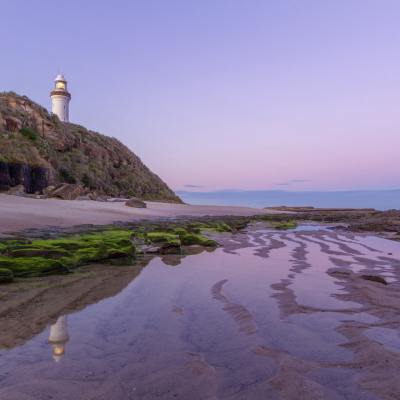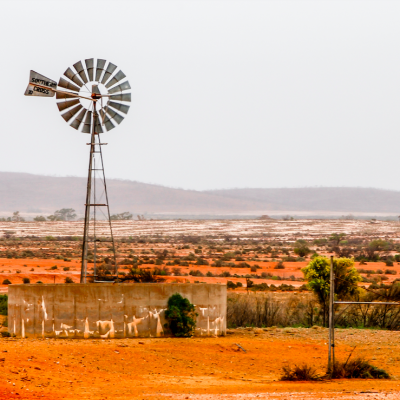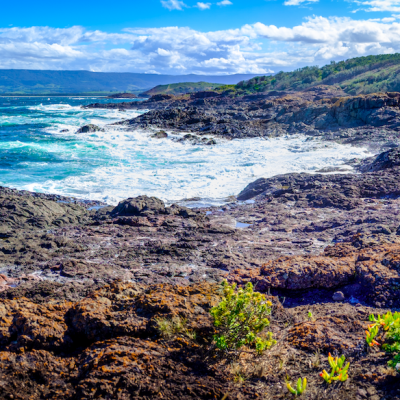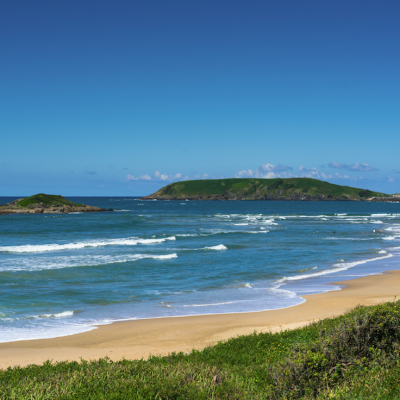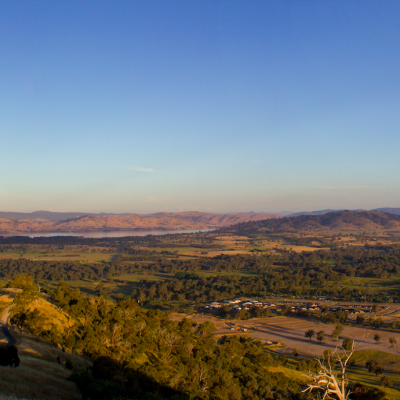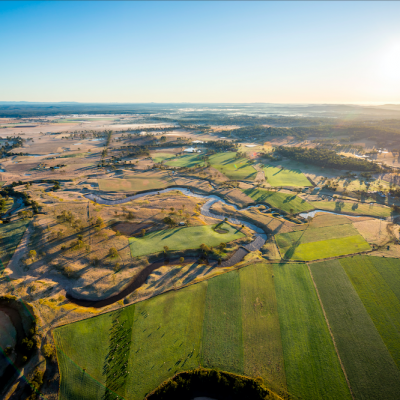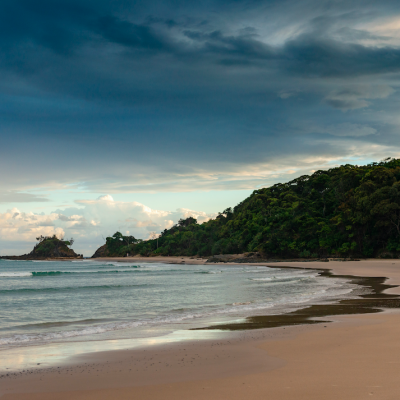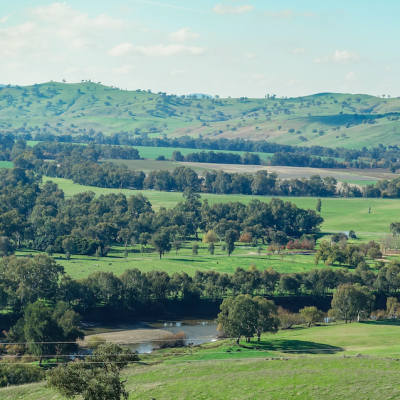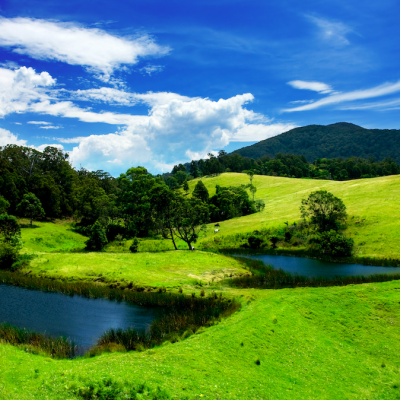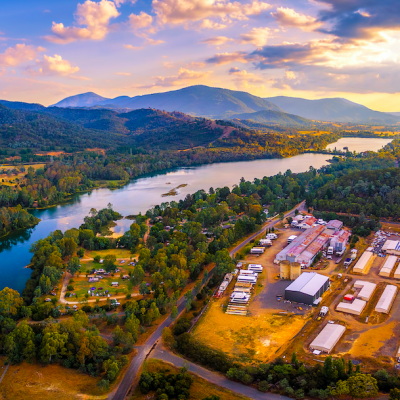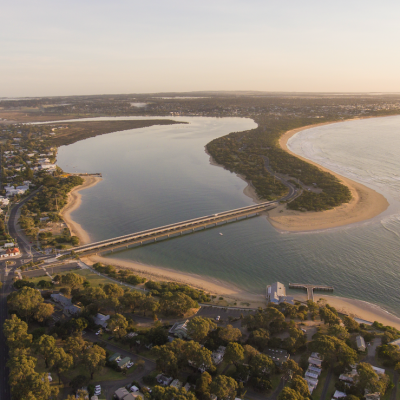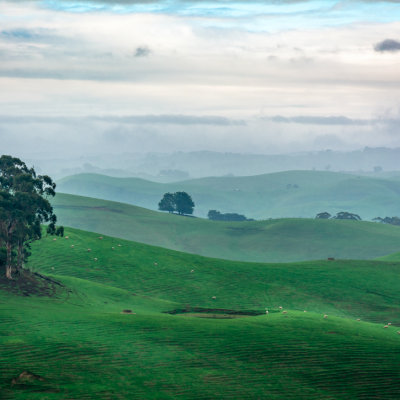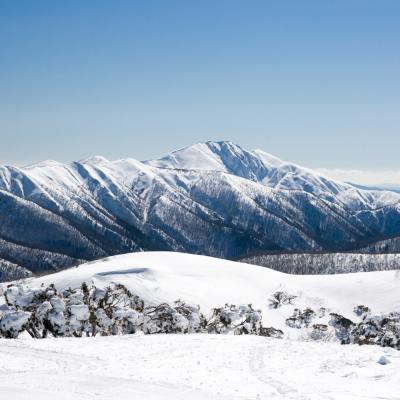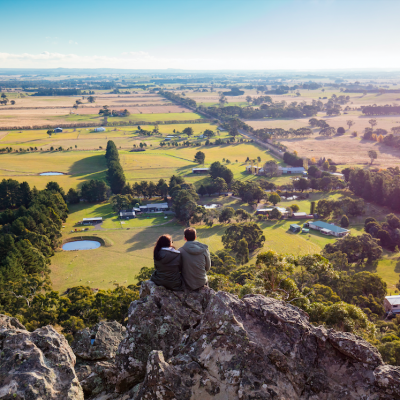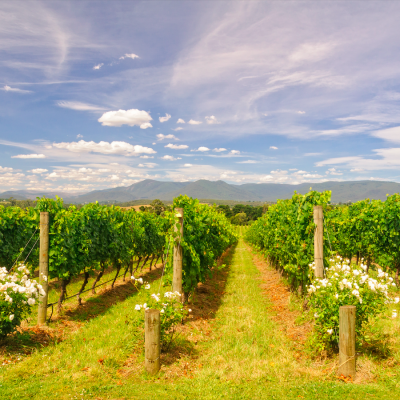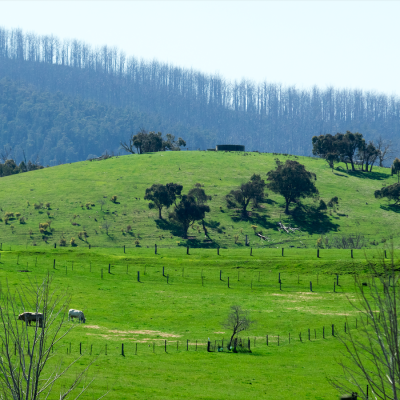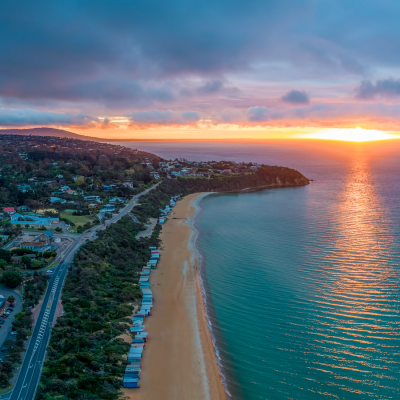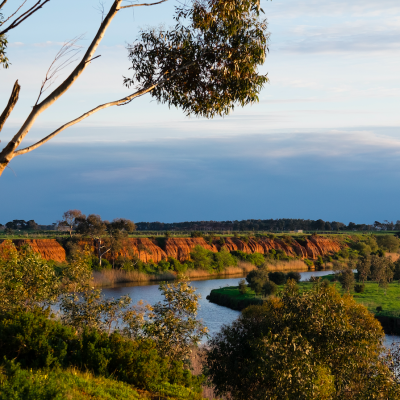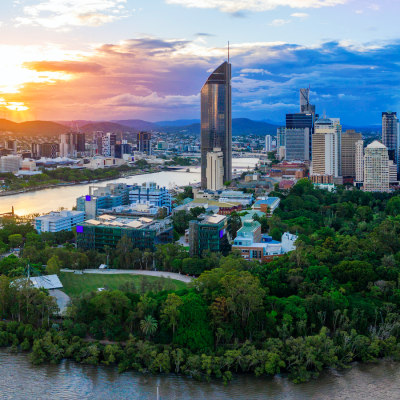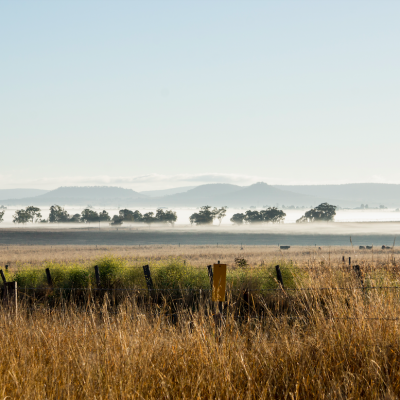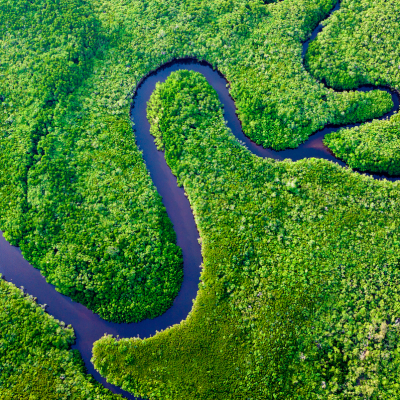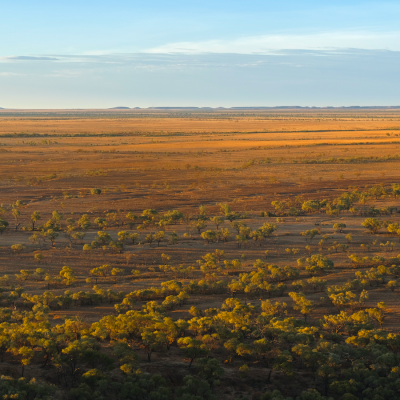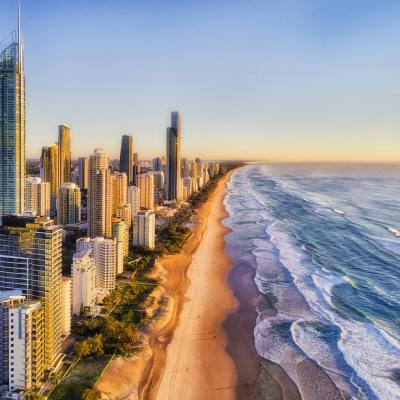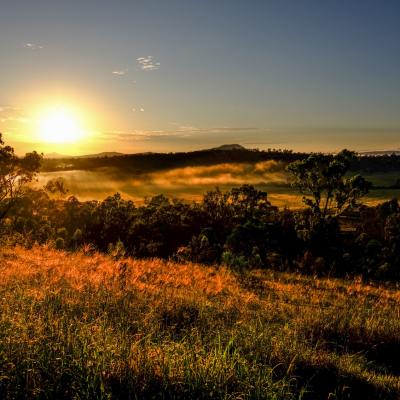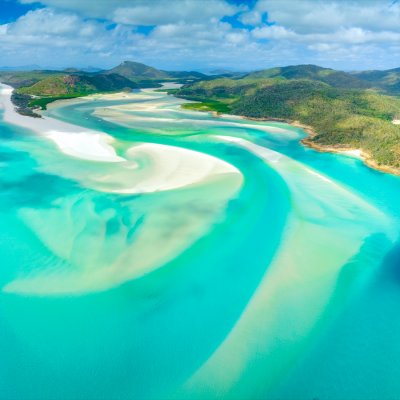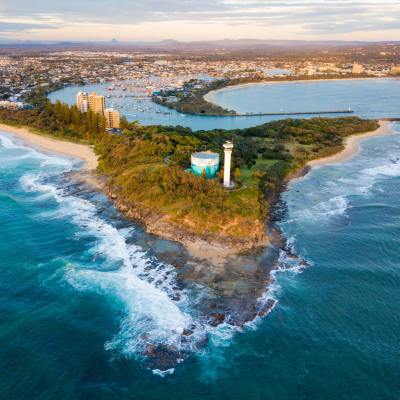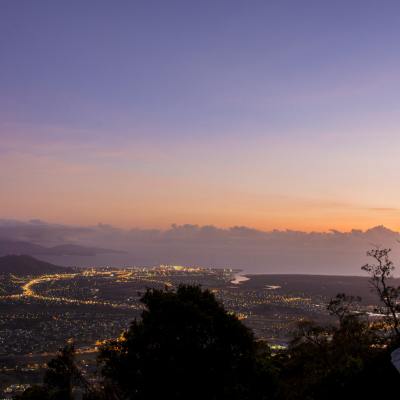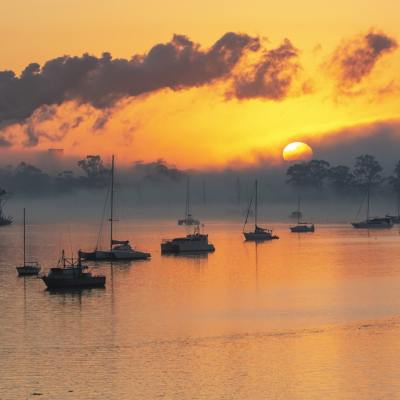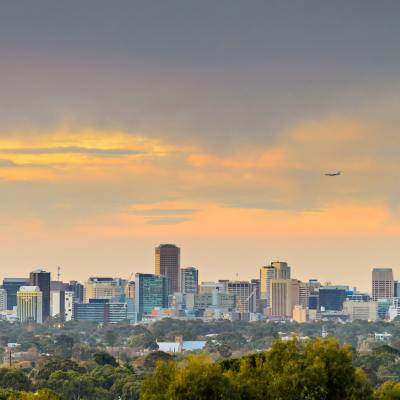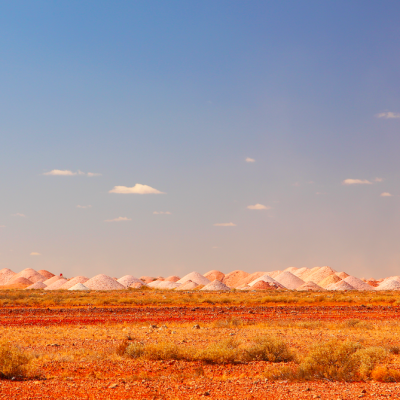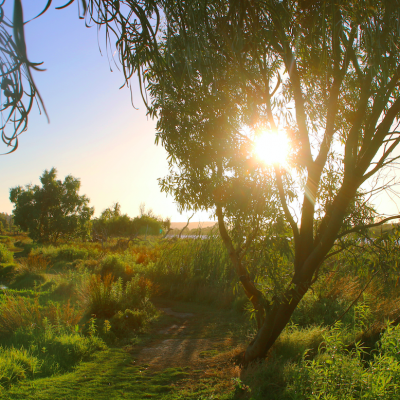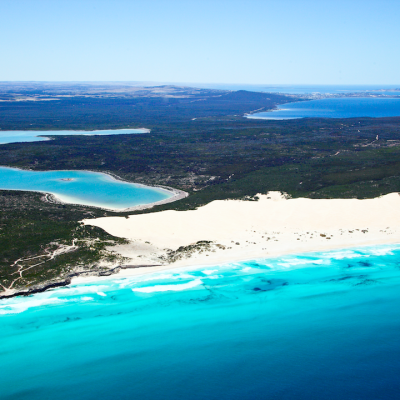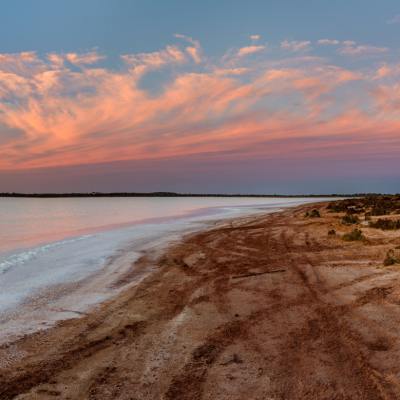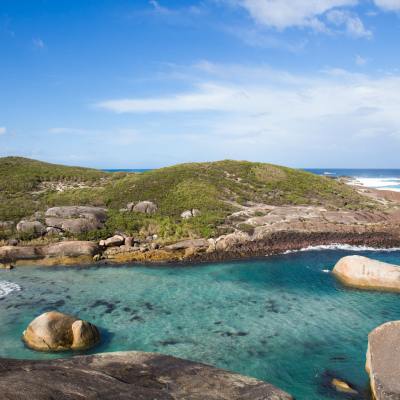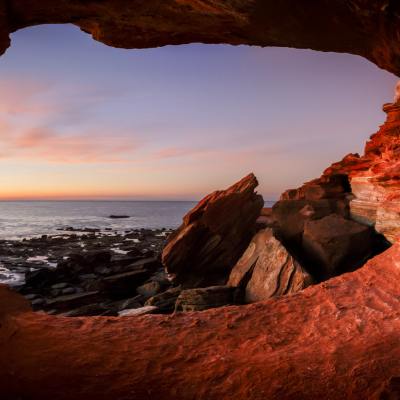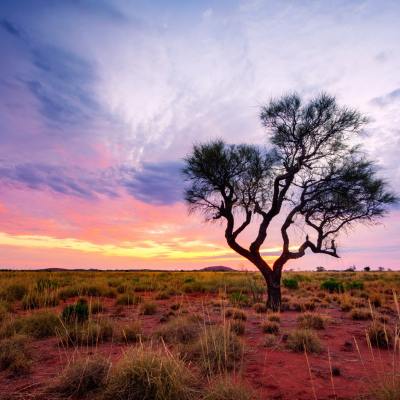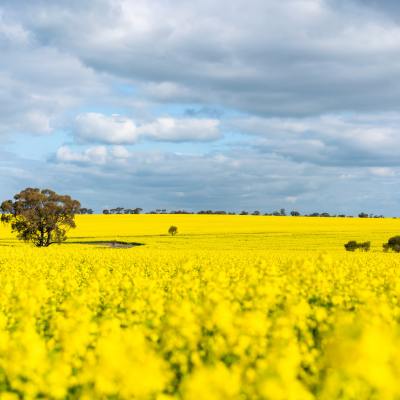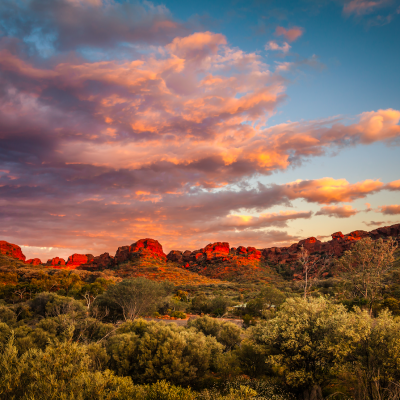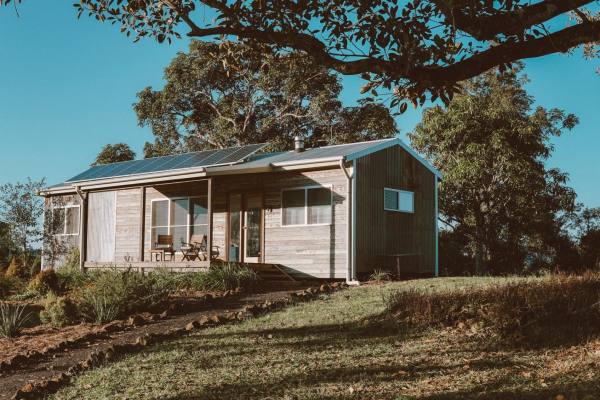Explore Regional Australia
- NSW
- VIC
- QLD
- SA
- WA
- TAS
- ACT
- NT
New South Wales
Known best for its vibrant capital, Sydney, New South Wales is renowned for its exciting fine-dining options as well as numerous World Heritage Sites. It is also Australia’s oldest and most populated state, boasting over 8 million residents. The state contributes a third of Australia’s total GDP, with coal being the primary export despite recent growth in the tourism and tech industries.
New South Wales is not limited to its urban centres, however; the state is also characterised by lush greenery and pristine beaches. Be it Kangaroo Valley, the Blue Mountains, or Bondi Beach, the state is home to an incredible variety of impossibly picturesque locations for nature lovers all around the world. The subtropical climate of the coast contrasts with the semi-arid areas inland, particularly the central and northern regions of the state.
Victoria
On the other side of the Bass Strait from Tasmania lies Victoria, Australia’s most densely populated state. The state is known for its major cities: Melbourne, Geelong, Ballarat, and Bendigo. Its rich arts and culture scene is reflective of its equally diverse population, with approximately a third of the population identifying as immigrants.
With temperate weather on the coast and a more arid climate inland, Victoria is always buzzing with events, from the Melbourne Cup and the Australian Open to the Queenscliff Music Festival and the Melbourne Food & Wine Festival. Many of the 6.6 million Australians residing in Victoria, are likely to be working in the finance or insurance sectors as the state’s economy shifts away from manufacturing and towards the service industry.
Queensland
Affectionately nicknamed the “Sunshine State,” Queensland is known for its tropical and sub-tropical climates that give rise to its diverse geography. The tropical north has a rainforest climate that becomes more oceanic as you move south along the coast, while the central inland regions trend more towards arid, desert-like climates. With tropical rainforests, mountain ranges, coral reefs, and savannas, there’s always somewhere to explore in Queensland.
Urban centres like the Gold Coast and the state’s capital, Brisbane, are also bustling with activity. In addition to the strong agricultural and mining industries, the state is known for hosting a multitude of domestic and international sporting events, such as rugby league, rugby union, and cricket.
-
![Brisbane City, QLD]() Brisbane Cityqld
Brisbane Cityqld -
![Darling Downs and South West, QLD]() Darling Downs and South Westqld
Darling Downs and South Westqld -
![Far North Queensland and Torres Strait, QLD]() Far North Queensland and Torres Straitqld
Far North Queensland and Torres Straitqld -
![Fitzroy and Central West, QLD]() Fitzroy and Central Westqld
Fitzroy and Central Westqld -
![Gold Coast, QLD]() Gold Coastqld
Gold Coastqld -
![Ipswich and West Moreton, QLD]() Ipswich and West Moretonqld
Ipswich and West Moretonqld -
![Logan and Redlands, QLD]() Logan and Redlandsqld
Logan and Redlandsqld -
![Mackay-Isaac-Whitsunday, QLD]() Mackay-Isaac-Whitsundayqld
Mackay-Isaac-Whitsundayqld -
![Moreton Bay, QLD]() Moreton Bayqld
Moreton Bayqld -
![Sunshine Coast, QLD]() Sunshine Coastqld
Sunshine Coastqld -
![Townsville and North West, QLD]() Townsville and North Westqld
Townsville and North Westqld -
![Wide Bay Burnett, QLD]() Wide Bay Burnettqld
Wide Bay Burnettqld
South Australia
South Australia’s charm lies in its fine wines, with its winemaking regions among the most famous in the world. The state’s diverse climate and geography – ranging from Mediterranean climate by the coast to extremely arid climates inland – gives rise to the production of both light- and full-bodied wines.
Its population of nearly 2 million people are settled in Adelaide and other urban centres like Mount Gambier and Whyalla. The state is also characterised by its rich cultural scene, with renowned festivals like the Adelaide Festival of Arts and the Adelaide 500 street racing event. While its largest employment sector is health care, South Australia’s principal exports are wheat, wine, and wool.
Western Australia
Spanning over 2.6 million square kilometres and home to nearly 2.6 million residents, Western Australia is the country’s largest state. However, because of the hot desert climate in the central region, most of the population inhabits the southern coastal area in cities such as Perth, Rockingham, and Mandurah.
Its capital city, Perth, is famously the most isolated city in the world, tucked away between the Indian Ocean and the Australian Outback. That’s not to say that the city isn’t a vibrant hub of cultural experiences and historical sites, but that visitors are often torn between the attractions of urban life and the endlessly beautiful wildlife Western Australia has to offer. While tourists flock to Ningaloo Reef or Rottnest island, the state’s economy relies heavily on its mining, energy, and construction industries.
Tasmania
Aside from being Australia’s only island state, Tasmania is known for its unique flora and fauna. With over 40% of its land area protected, the state’s incredible biodiversity is one of its biggest drawcards. Cool summers and rainy winters characterise the state’s coasts, with generally colder weather inland.
Tasmania is renowned for its rich history. The well-preserved Victorian-era buildings in the capital city of Hobart are popular with tourists, but the state also features a number of other delightful urban centres, including Launceston and Devonport. Tasmania may be Australia’s smallest state – its population sits at just over 500,000 – but it has a growing tourism industry that’s on track to rival the dominant agricultural and forestry industries.
Australian Capital Territory
Home to the country’s capital, Canberra, the Australian Capital Territory is an enclave within the state of New South Wales that houses many important federal institutions, foreign embassies, and national monuments. It has an extremely high performing educational sector and public sector, as befits its nationally important role.
Most notable is perhaps the territory’s thriving arts and culture scene, with a multitude of museums, art galleries, and historic homesteads open for visitation all year round. In Canberra, numerous festivals are hosted annually, including the famous Enlighten Festival and the National Folk Festival. The relatively dry climate of the Australian Capital Territory makes it perfect for all these events, especially as the mountains to the west of Canberra capture much of the annual rainfall.
Northern Territory
Despite its large size of almost 1.5 million square kilometres, the Northern Territory is the most sparsely populated of all Australian states and territories, home to just under 250,000 people. Unlike other regions, the territory has very distinctive climate zones: the northern end has a tropical climate, while the central area has a hot, dry desert climate.
Iconic natural and historical treasures are the highlight of the Northern Territory. Home to Uluru and Kata Tjuta, the territory is known for its sacred Aboriginal sites and numerous Aboriginal communities. Kakadu and Litchfield National Parks are also located in the Northern Territory, and both are renowned for the immense variety of ecosystems that they are home to. The territory’s economy is largely driven by mining and construction, with tourism another significant sector.
Why go regional?
-
![Careers]() Careers
CareersThere's never been a better time to take the next step in your career.
-
![Property]() Property
PropertyBrowse thousands of homes to buy or rent in regional Australia.
-
![Education]() Education
EducationExplore the quality schooling options available across regional Australia.
-
![Lifestyle]() Lifestyle
LifestyleRegional living offers unparalleled lifestyle advantages.
